Can you stitch together the appeal of a breakout hit from four years ago and another from six years ago and still land a hit? Typically, no. But Megabonk just pulled it off—on a scale nobody reasonably expected.
Traction After Launch: Snowballing Success
When Megabonk launched in late September, it didn’t explode overnight. In the first three days, it quietly shipped around 100,000 units and hit ~13,000 concurrent players on Steam—thanks largely to pre-launch wishlists, which had already reached 120,000.
But things blew up fast. In the second half of September, its concurrent player count climbed by roughly 10,000 each day. By September 30, it had surpassed 88,500+ concurrent users. Gamerficial

Meanwhile, sales kept growing. By October 2, the developer Vedinad announced the game had crossed the 1 million units sold mark in just two weeks. Game Developer
Some market estimates place total sales in its first month between 1.7 million and 2.0 million units, with revenue between $12.7 million and $ 17.2 million. (These figures are unofficial but circulating widely.)
With that momentum, Megabonk shot into Steam’s Top 6 Bestsellers, Top 6 Most Played, peaked at 117,336 concurrent users, and drew 129,000+ Twitch viewers in the days following the surge. GamesRadar
Despite mixed reviews or region-agnostic negative scores, the game pulled in over 94% positive reviews across 25,000+, thanks to its humor and kinetic action. GamesRadar
Even rival devs were caught up. Guillaume Broche (CEO of Sandfall, devs of Light & Shadow: Expedition 33) admitted in an interview that he had lost too many hours to Megabonk, exclaiming, “Save my life.”
So what exactly made Megabonk more than just a viral surprise?

Why Megabonk Broke Through
1. A gameplay combination craving exposure
At first glance, playing Megabonk feels like losing track of time. You drop into 3D arenas, mow through hordes of monsters, pick up XP and currency, choose upgrades, combine weapons with relics, and push yourself to beat a looming boss or survive until the timer ends.
If you think of Megabonk as a 3D Vampire Survivors, you’re close—but the game is even more than that. It fuses Risk of Rain 2’s action roguelike DNA (fast movement, verticality, item synergies) with the addictive loot/chaining feel of cheap-hit survivors.
Risk of Rain 2 made waves by preserving hardcore roguelike elements in a polished 3D environment—high risk, high reward, punishing early game, powerful synergies later. Vampire Survivors, meanwhile, stripped away much of the difficulty to double down on combinations, satisfying numbers, and the “just one more run” loop.
Megabonk blends them: mobility (double jump, wall run, skateboard tricks) + deep build paths (item synergies, relic mechanics) + endearing absurdity (sunglasses skeletons, over-the-top effects).
On one side, you experience the visceral joy of closing gaps and sweeping through crowds in 3D; on the other side, you feel yourself spiraling into power loops, much like a person with an addiction chasing higher scores.
Plus, Megabonk embraces a silly personality. The game is littered with quirky touches—skateboarding skeletons, flamboyant weapons, chaotic screen effects that can turn the display into a strobe show. When designed as a system, it’s the kind of creative chaos that becomes personality.
At its core, though, Megabonk rarely invents brand-new mechanics. Instead, it takes two well-loved templates and says, “Let’s have fun with them in 3D.” But here's the catch: almost no one in the indie space had tried this particular stitching(a 3D survivor + action roguelike mash) in quite this way, which made it feel fresh.

2. One Person. One Year. One Shot.
One of the most impressive backstories: Megabonk was reportedly developed by a single person, Vedinad, in about 11 months. He claims inspiration came from buying the Vampire Survivors Switch version during a 2024 trip to Japan, then returning home and starting work. Power Up Gaming
Working solo, building performance in 3D with many enemies on screen, combining items, designing multiple characters, balancing builds—this is no small feat. Character design in 3D alone requires a coherent identity, animation, and synergy. That’s harder than tweaking a 2D sprite’s numerical effect.
Some suspect the real story is more layered. Longtime fans note that Vedinad is an anagram of “Danidev,” a popular YouTuber figure, and similarities in channel behavior, narration style, and release tactics have fueled speculation that they may be the same person. Power Up Gaming
If true, then Megabonk isn’t just a rookie success; it’s a master in disguise, executing a personal showcase. Either way, the public perception is of an indie auteur doubling down on craft.

The marketing is especially striking for a solo dev:
- Prelaunch, Vedinad used short teasers and devlog content to seed interest among Vampire Survivors fans.
- He interacted heavily with community suggestions, iteratively adding features as needed.
- After launch, he continued releasing short clips showcasing wild player runs, amusing moments, and meme content—keeping attention alive and organic.
To pull off a cycle of pre-heat → viral clip → community loop while building the game solo is a rare feat. It’s like juggling programming, design, and social media all by one person—and doing it well.
So perhaps it’s not a lightning strike so much as a carefully aimed shot.
3. Sinister serendipity + timing
Sometimes, success is about being in the right place at the right time. A few factors likely helped Megabonk:
- 2025 has already seen breakout indies like Hades 2 and Hollow Knight: Silksong, meaning gamer attention is primed for surprises.
- The budget and effort in art/tech were modest enough that the developer could iterate quickly, so post-launch tuning complemented the launch wave rather than delaying it.
- The “memeable” nature—skeletons on skateboards, NES-style low-poly visuals, and absurd effects—made the game easy to clip, share, and laugh at.
- Streaming and content challenge culture naturally converge on games that allow for wild, unpredictable moments. Megabonk gave streamers exactly that.
Lessons, Risks & What’s Next
Lessons:
- Innovation is sometimes about recombination, not invention.
- A solo dev with smart focus, strong iteration, and savvy marketing can compete.
- Meta & community resonance matter as much as core mechanics.
- A slow burn can be more sustainable than explosive spikes.
Risks:
- Long-term content depth: Does Megabonk have legs beyond novelty?
- Balancing inflation and variety: if all items scale too fast, runs feel the samey.
- Leadership strain: When one person does it all, they can burn out or fall behind.
- Copycats: others will try to replicate the formula.

If things go well, we may see Megabonk expand features (co-op, more arenas, cosmetic shops), better tools for community content, and even ports to consoles. Already, the dev is patching aggressively—recent updates rework the final “swarm” stage to reduce cheesy meta strategies and address leaderboard exploits. GamesRadar
At the end of the day, Megabonk succeeded because it told players: “You don’t need to compromise.” While the industry obsessed over graphics, theme, and monetization, this game said: “Let me make bullet waves that feel insane in 3D.” And it hit hard enough to make us all stop and bonk.


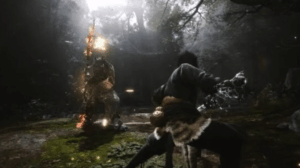
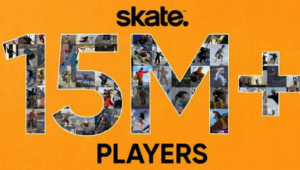
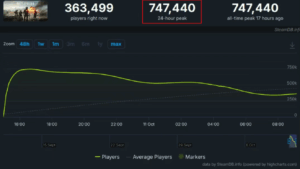





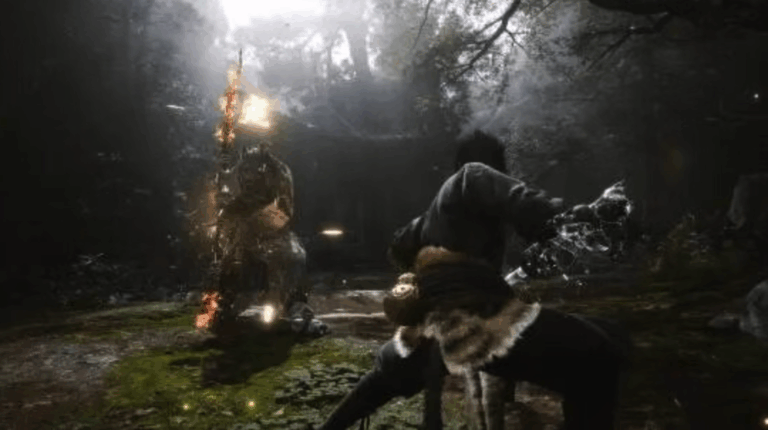
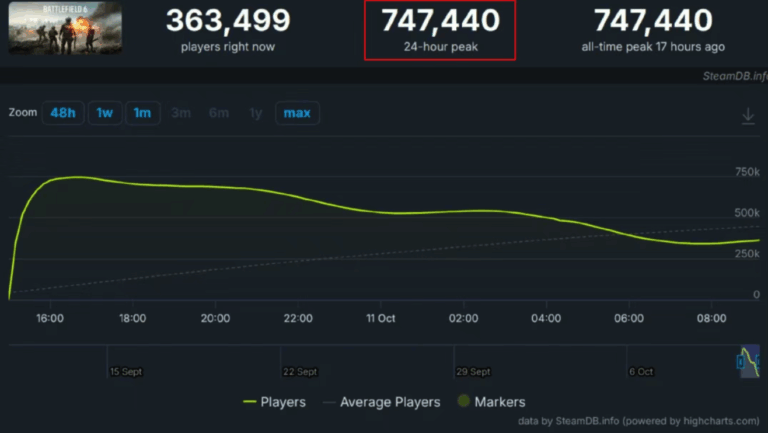

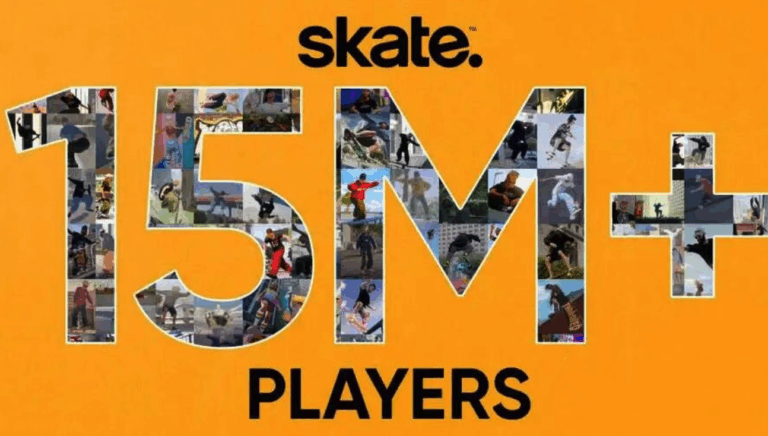


+ There are no comments
Add yours